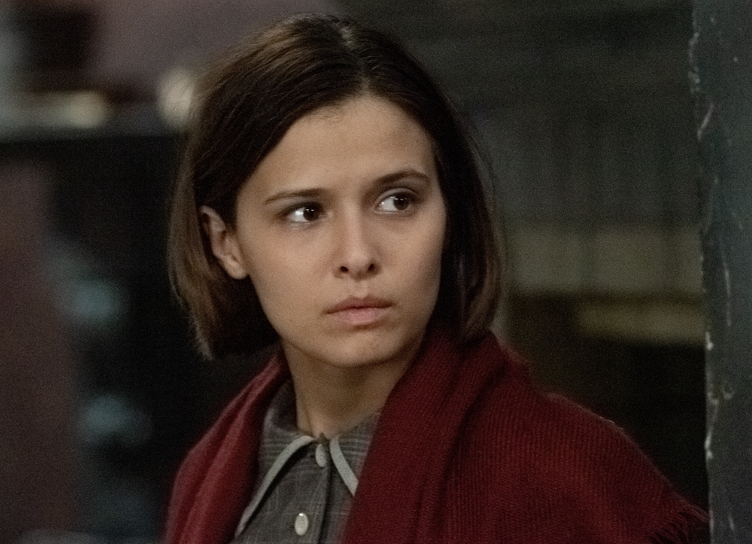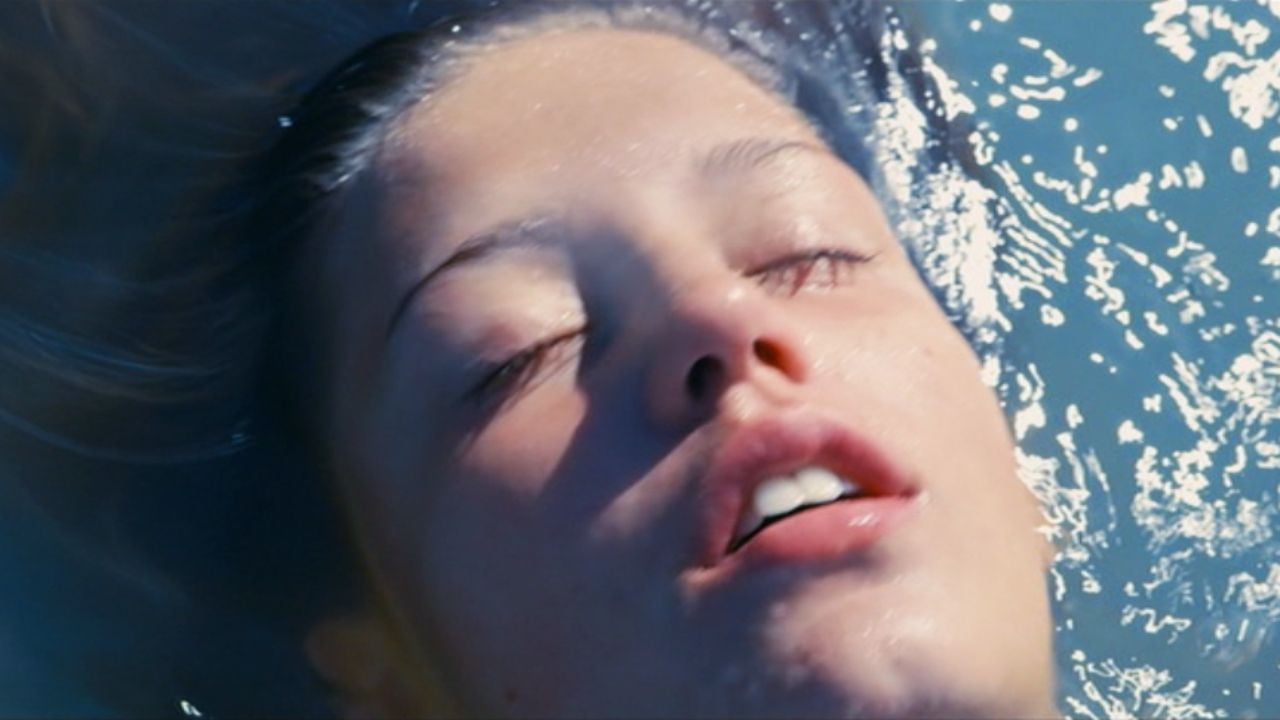______________________________
The first feature film about the International Military Tribunal
For viewers who are interested in cinema and military history, Stanley Kramer’s 1961 film “Nuremberg Trials” is probably heard and won two Oscars – for Best Actor (Maximilian Schell) and Best Adapted Screenplay (Montgomery Clifft and Abby Man). ). However, this film is dedicated to another Nuremberg trial – a small, American “trial of the judges.” There were 13 trials in total. Our “Nuremberg” – by the way, a joint project of Russia, Germany, the Czech Republic and Great Britain – tells exactly about the International Military Tribunal, the key trial of the century. The film is based on the novel Forever and Ever by Alexander Zvyagintsev, who spent decades studying the tribunals.

On the set of “Nuremberg” sounded a tune from “Schindler’s List”
Director Nikolai Lebedev has already worked on military melodramas – for example, the film “Star”, and from the filming of this film, he brought one trick to the “Nuremberg” set: music from the poignant drama “Schindler’s List”, also about wartime. According to Lebedev, he included this melody in order to set Lyubov Aksenova and Sergey Kempo on a romantic stage. In general, the music on the set always sets the right intonation for all participants in the process.

And the original music for the tape was written by Eduard Artemiev
At the same time, in Nuremberg itself, the audience will hear another, no less heartbreaking music, which was written by the famous film composer Eduard Artemyev. This is his latest film work, at the end of 2022 Artemiev passed away. The authors of “Nuremberg” decided not to put Artemiev’s name in a mourning frame in the credits, but dedicated the entire film to the memory of Eduard Nikolaevich.

Meetings in the Nuremberg Palace of Justice are recreated in the film with all the accuracy
Before filming, Nikolai Lebedev traveled to Nuremberg to look at room 600, where the meetings of the International Military Tribunal were held. Now it looks a little different than in historical photographs, so the film’s artists and decorators requested drawings from the museum archives in order to recreate the hall in the Mosfilm pavilion exactly as it existed in 1945-1949. The scenery was large-scale: more than 300 square meters.

There are also fictional characters in the historical drama
The history of the Nuremberg Trials is striking in its non-fictional dramaturgy, but the filmmakers decided to introduce fictional characters into the plot in order to achieve important dramatic effects. So, the hero of Yevgeny Mironov, intelligence officer Migachev, was not really there, but in the film he helps the very real prosecutor Roman Rudenko, the character of Sergei Bezrukov. By the way, Nuremberg is the first joint project of two super-popular Russian actors. The hero of the Austrian actor Wolfgang Czerny, a German soldier who dreams of disrupting the Nuremberg trials, is also fictional.

Source: Hellomagazine
Rose James is a Gossipify movie and series reviewer known for her in-depth analysis and unique perspective on the latest releases. With a background in film studies, she provides engaging and informative reviews, and keeps readers up to date with industry trends and emerging talents.







